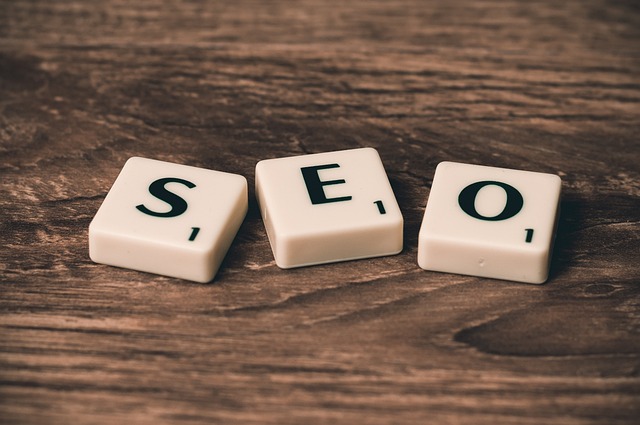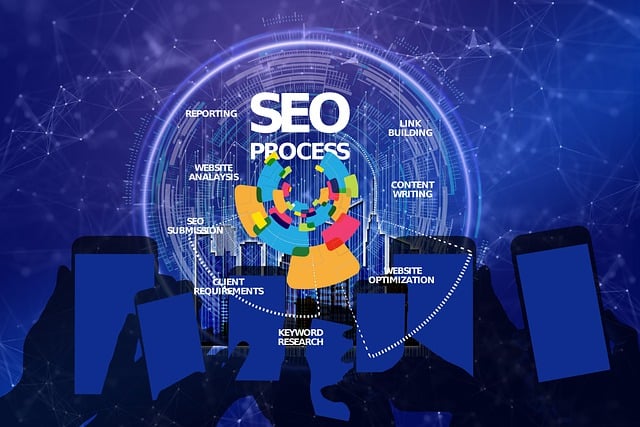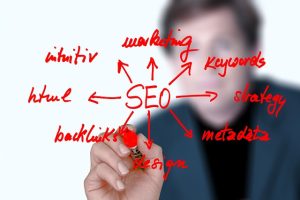In today's digital world, site speed is vital for local businesses aiming for online success. Slow websites deter users, leading to higher bounce rates and decreased engagement. Optimizing speed improves user experience, encourages longer site visits, and boosts local SEO by prioritizing fast, relevant results in search engine rankings. Implementing techniques like image compression and code optimization gives local businesses an advantage over unoptimized competitors, ensuring their sites load quickly and capture customers' attention.
In today’s digital era, a fast-loading website is crucial for local business success. Understanding the impact of site speed on local SEO is essential, as slow times negatively affect user experience and can drag down search rankings. Statistics show that 40% of users leave a site if it takes more than 3 seconds to load. This article explores strategies like optimizing structure, leveraging browser caching, compressing media, using Content Delivery Networks (CDNs), ensuring mobile-friendliness, and employing local SEO services to enhance site speed and usability for better local search results.
- Understanding the Impact of Site Speed on Local SEO
- – Discuss how slow loading times affect user experience and local search rankings
- – Highlight statistics and case studies to emphasize the importance of speed
Understanding the Impact of Site Speed on Local SEO

In today’s digital era, site speed and usability are paramount for any business aiming for local search success. A slow-loading website can significantly impact a user’s experience, leading to higher bounce rates and decreased engagement. This is particularly crucial for local SEO services, as search engines like Google prioritize delivering relevant, fast-loading results to users conducting local searches.
When a potential customer visits your site and encounters sluggish performance, it may deter them from exploring further, negatively affecting your business’s online visibility. Optimizing your site speed enhances user satisfaction by ensuring quick loading times and seamless navigation, encouraging visitors to spend more time on your pages and increasing the likelihood of conversions or inquiries. This, in turn, boosts your local SEO efforts, as search algorithms factor user experience into their rankings.
– Discuss how slow loading times affect user experience and local search rankings

Slow website loading times can significantly hinder user experience and have a direct impact on your local SEO efforts. In today’s digital age, where users expect instant results, even a slight delay in page load time can cause potential customers to lose interest and move on to a competitor’s site. This is especially true for local businesses targeting nearby customers; every second counts when it comes to capturing their attention. Research shows that if a webpage takes more than 3 seconds to load, users are likely to abandon the page, which can lead to higher bounce rates and lower search engine rankings.
When it comes to local SEO services, optimizing website speed is a critical component. Search engines, particularly Google, prioritize websites that offer fast loading times, as this indicates a user-friendly experience. By implementing strategies such as image compression, code optimization, and leveraging browser caching, local businesses can significantly improve their site’s performance. These techniques not only enhance the overall user journey but also ensure your website is search engine-friendly, giving you an edge over competitors who haven’t invested in these crucial optimizations.
– Highlight statistics and case studies to emphasize the importance of speed

In today’s digital era, where consumers often turn to search engines for instant gratification, website speed plays a pivotal role in capturing and retaining their attention. According to Google, 53% of users expect a website to load in two seconds or less. This translates to significant implications for local SEO services; a slow-loading site can deter potential customers, leading to higher bounce rates and lower rankings in local search results.
Case studies have consistently shown that improving website speed can yield substantial benefits. For instance, one study revealed that every second reduction in load time resulted in a 7% increase in conversion rates. This underscores the direct correlation between swift site performance and enhanced user experience, which is instrumental for driving sales and fostering brand loyalty in the competitive local SEO landscape.
In conclusion, optimizing your website’s speed is a powerful strategy for enhancing both user experience and local search rankings. By prioritizing site speed and usability, local businesses can significantly improve their visibility in competitive markets. Implementing the right local SEO services ensures your website delivers fast results, driving more relevant traffic and ultimately boosting your success in the local digital landscape.
